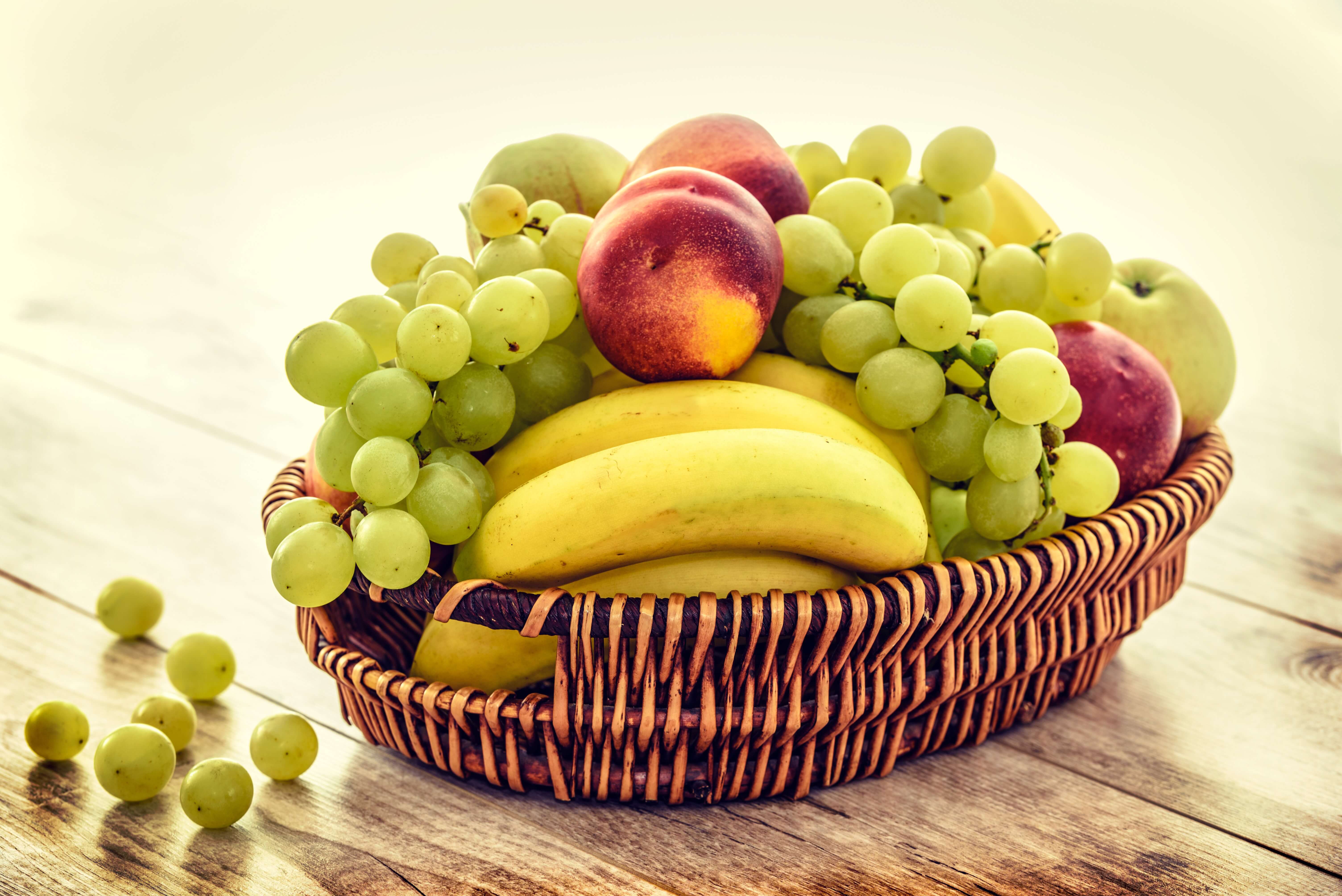Consuming healthy foods can help to improve your quality of life. So, where do you find fresh fruit or maybe healthy processed food in France? We have one best company which sells fresh and healthy fruits and processed food. We introduce you to the SICOLY known as Sica des Coteaux du Lyonnais. It was established in 1962 and aims to promote best quality fruit on all of the French national markets. Now, the company becomes the leading of fresh fruit production among French plates. The company has professionally become an indispensable supplier in the field of restaurants, ice-cream production, bars, as well as patisserie with high-quality raw fruit and processed fruit.
This following explanation will tell you why one of the most professional fruit-handling in French is the right place to find and get all fresh raw fruit and processed fruit for your daily needs. Every year, best French fruit supplier harvests more than 10,000 tonnes of high-quality raw fruits on 570 hectares of orchards. Here, you can get abundant ranges of fruit from berries, apples, pear, many more at its premium quality. Additionally, high-end technology is used in order to preserve the quality of your fruit in the best quality. To meet every customer’s expectation, the company uses the first electronic cherry grader in France for sorting fruit with premium quality and hydro-cooling for cooling fruit quickly to keep it fresh. Do not worry about the quality, there few labels awared to the company including BRC, Global G.A.P, as well as Integrated Fruit Production approach. Those are the proof that the committed to giving the finest quality and greater guarantees for all consumers is their concern. For those who live in another continent or across the country still can enjoy the premium quality of raw fruit because 15% fresh fruit is exported in several countries and the rest of it is sold on the French market.
You can also enjoy processed fruits like professional fruit puree and you do not need to worry about the quality. The company is committed to preserving the natural value of fruits. There is a wide range of processed fruits including puree and juices from various fruit range and all the products are handled with a proper treatment. All the processed food will still have original flavor and freshness. In fact, it uses the very best tools and technology for food safety systems including de-aeration of puree for conserving flavors and colors and Ohmic heat treatment for preserving the organoleptic qualities of every processed fruit. To keep an authentic taste, engineers always monitor the production on a daily basis. This aims to deliver a greater guarantee of the food safety in order to meet the market’s needs. Then, the quality team also regularly updates-testing plan and respond to what market requirements and the needs of consumers. Additionally, this fruit supplier also applies the most effective stock management by applying zero storage. It aims to make sure that every processed fruit serving its authentic tastes. Now, there is no doubt for you to buy fresh raw fruit or processed fruit from one of the leading fruit supplier in French because they are just really amazing in serving the freshness of fruit to the mouth of every consumer.
Read Also:





















